What Is My Hair Type?
Andre Walker, famous hairstylist to Oprah, designed a hair classification system for curly hair types that is used across numerous hair boards and blogs. Knowing your hair type can help you to choose the right styling and hair care options.
Personally, I think some people think this information is more important than it actually is. While knowing my hair type helped some, it hasn’t changed my hair routine by much. Also, it’s vital to understand that one hair type is not better than another. All hair types have disadvantage and advantages. The 4 curly hair types are:
Wavy Hair – Type 2
This hair type refers to hair that forms the shape of an S and sticks close to the head. It has three sub types that detail the texture of the curl. 2a is fine, 2b medium textured, and 2c is coarse.
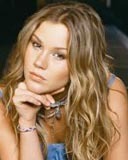 Type 2a |
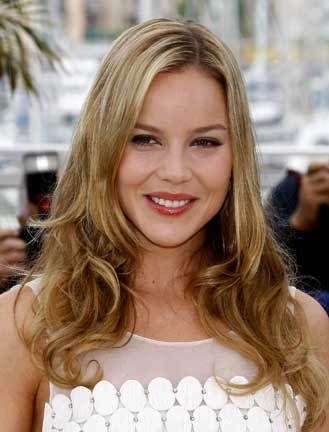 Type 2b |
 Type 2c |
Curly Hair – Type 3
Hair type that refers to curls that are well defined and springy. This hair type has lots of body and is easy to work with whether its straightened or styled in its natural state. It also has sub types. 3a curls are big and loose, 3b curls are medium and range from medium ringlets to tight corkscrews (sharpie size), and 3c curls are very tight corkscrews (pencil or straw size).
 Type 3a |
 Type 3b |
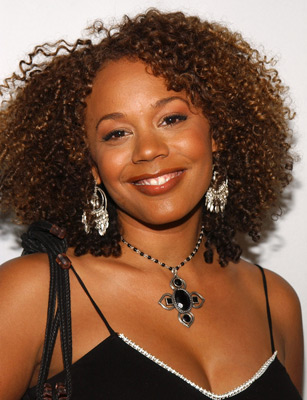 Type 3c |
Kinky Hair – Type 4
This hair type refers to hair that is tightly curled with a visible curl pattern. It includes 2 sub classifications. 4a curlies have curls that form an S pattern and 4b curlies have curls that form a Z pattern. You can tell which one you are by pulling out a strand of hair and examining the curl.
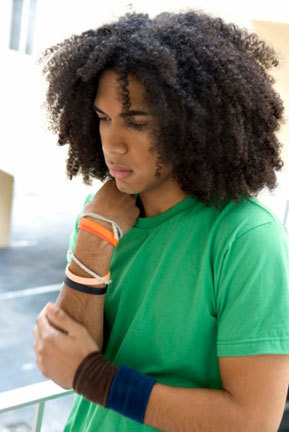 Type 4a |
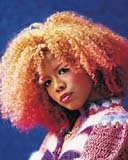 Type 4b |
In terms of this classification, I have a few types throughout my hair and that is actually very common. I am 3c in the top front, 4a in the middle (this is the majority of my hair) and 4b in the very back left side of my hair. Visit Naturally Curly Hair Types for more about this classification and examples of each hair type.
I find that I found out more useful information by using the old fashioned way of analyzing and learning more about my hair type. This involved understanding the following terms and really thinking about my hair and its behavior. Review How to Analyze Hair for more information on this process.
How To Analyze Hair
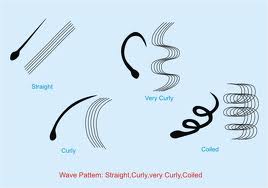
|
|
I find that I found out more useful information by using the old fashioned way of analyzing and learning more about my hair type then using the classification system. Analyzing your hair is helpful when finding styling options, caring for your hair, and choosing the proper hair products. This involves understanding the following terms and really thinking about your hair and its behavior.
Texture Density Porosity You can check the porosity of your hair by feeling it when dry. If it feels rough and tangles easily then it is overly porous. You can also test by taking a few strands of hair, one from the back, top and sides of your head, and dropping them in a bowl of water. If they sink in less than a minute or two, then your hair is overly porous. Elasticity Normal hair with high elasticity is easy to style and work with. Hair with low elasticity is more difficult to work with and has difficulty holding curls. If your hair is not “curly†as I often hear, it very well may be due to an elasticity problem. Over processing and excessive heat styling are common causes for low elasticity. The treatment I describe in my current monthly hair regimen is helpful in repairing elasticity. Wave Pattern As you can see, hair is very complex. It is useful to analyze hair in order to choose perfect styling and product options. It also helps so that you are aware of any damage that needs to be repaired. It is essential to understand that hair types differ as much as individual personalities differ. You should work to understand what works best for YOUR hair. This is an ongoing process that will not be resolved easily. |
Why I’m Here
I LOVE LOVE LOVE my natural hair. I didn’t always feel this way. It has definitely been a long, long journey. I enjoy playing in my hair and researching and trying new techniques. A former “Product Junkie”, I have recently become very interested in natural hair products. I’ve found that the same natural hair products are usually also great for the skin.
I am asked, constantly, about hair due to the variety of styles I try on myself and my daughter. I find myself writing notes and emails to give to different people who send me questions, so I have decided to consolidate all that information and start a natural hair blog. This blog will be dedicated to natural hair and natural products with some fashion and style thrown in (because I like it)! Bear with me as I get the site up and running. I hope you enjoy and feel free to contact me with any questions or article ideas!
